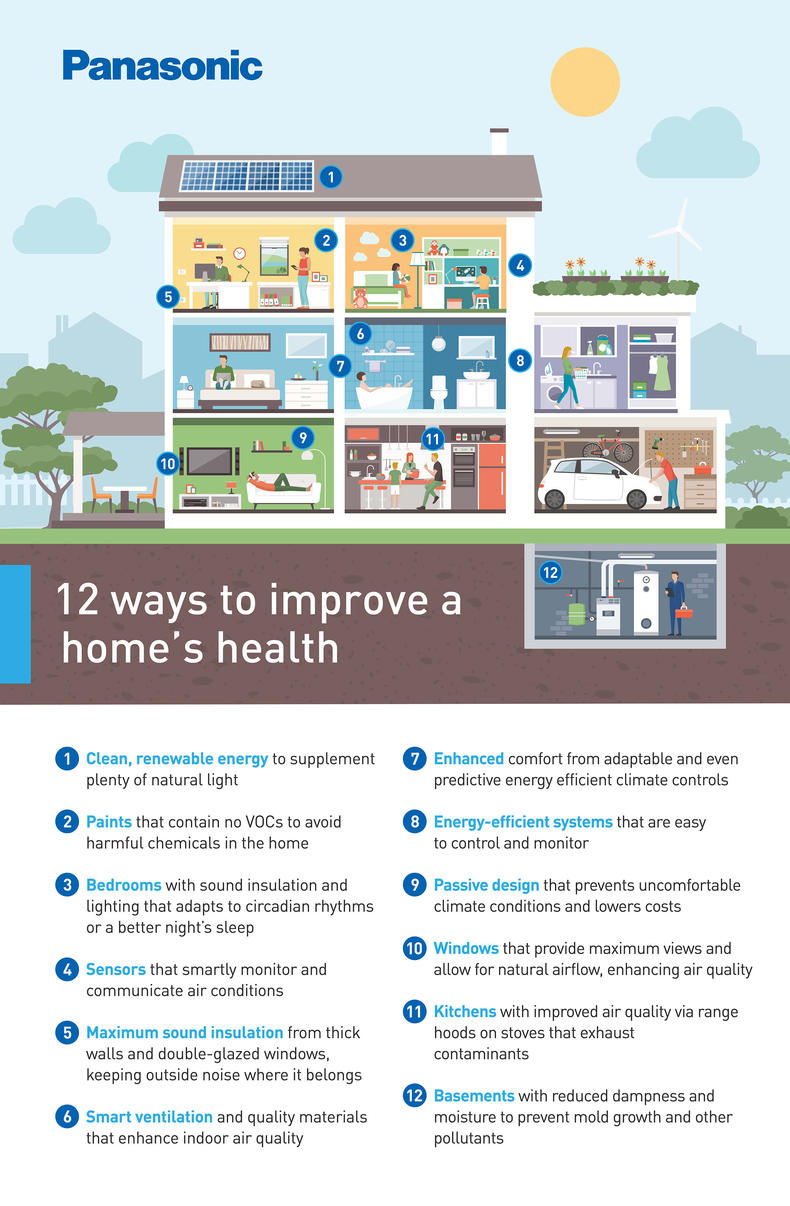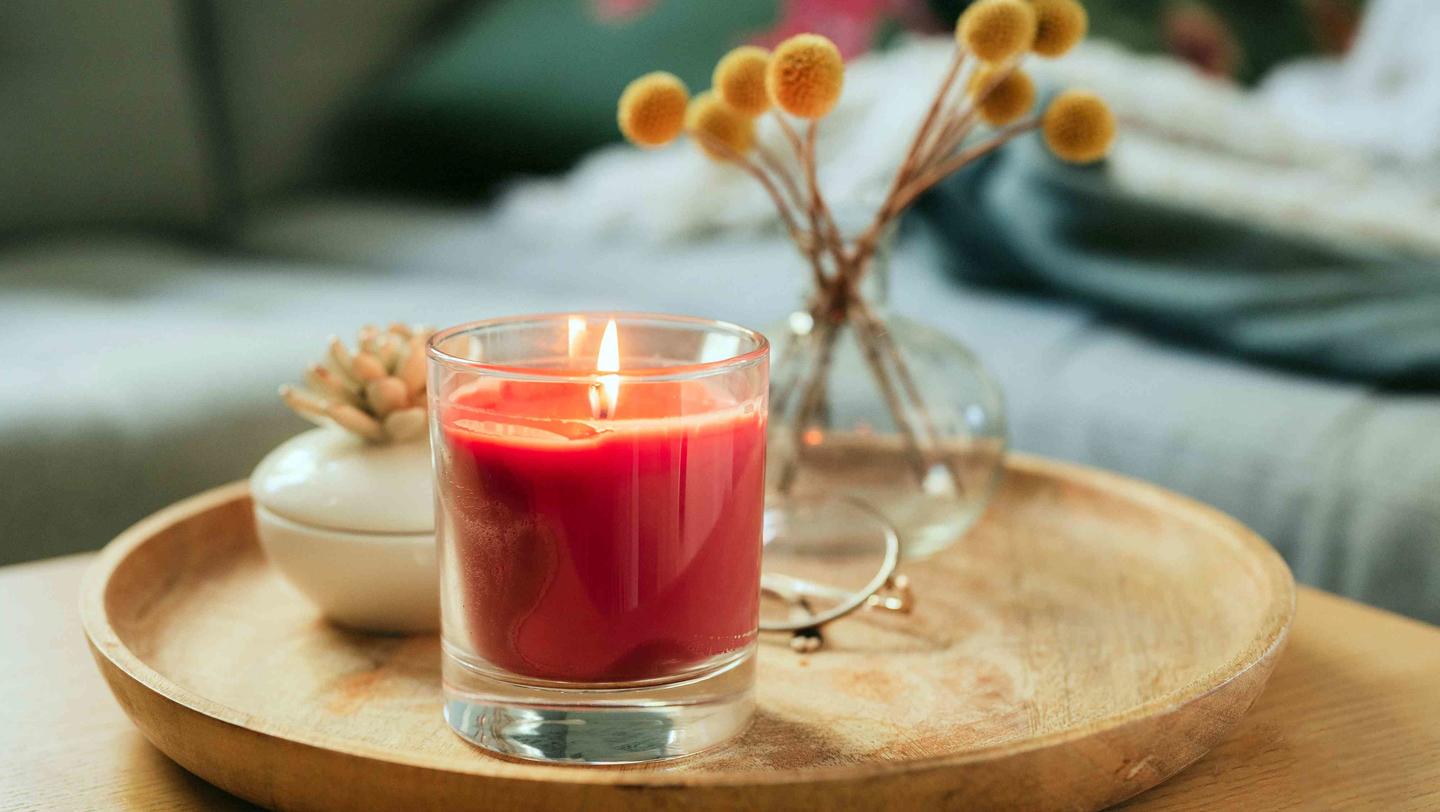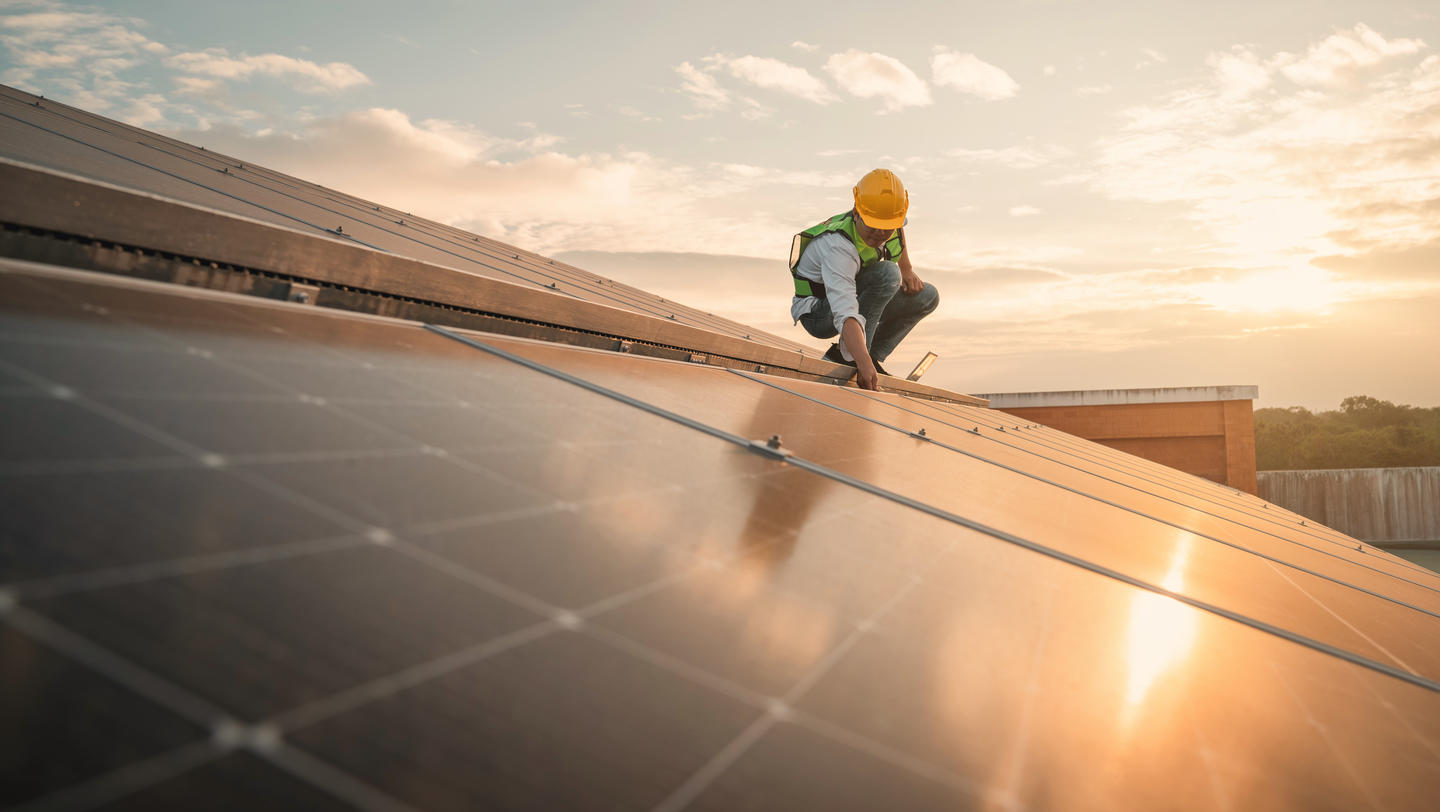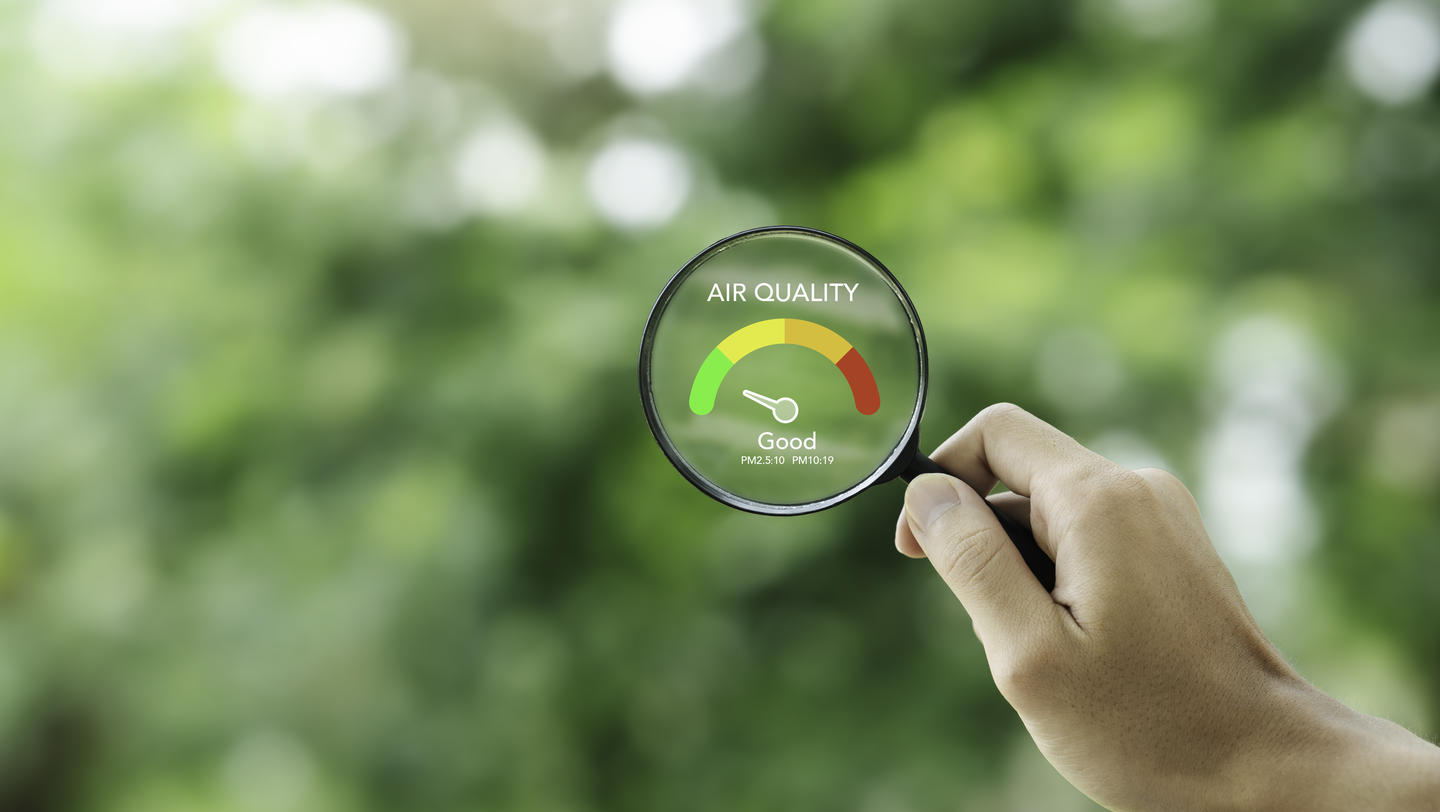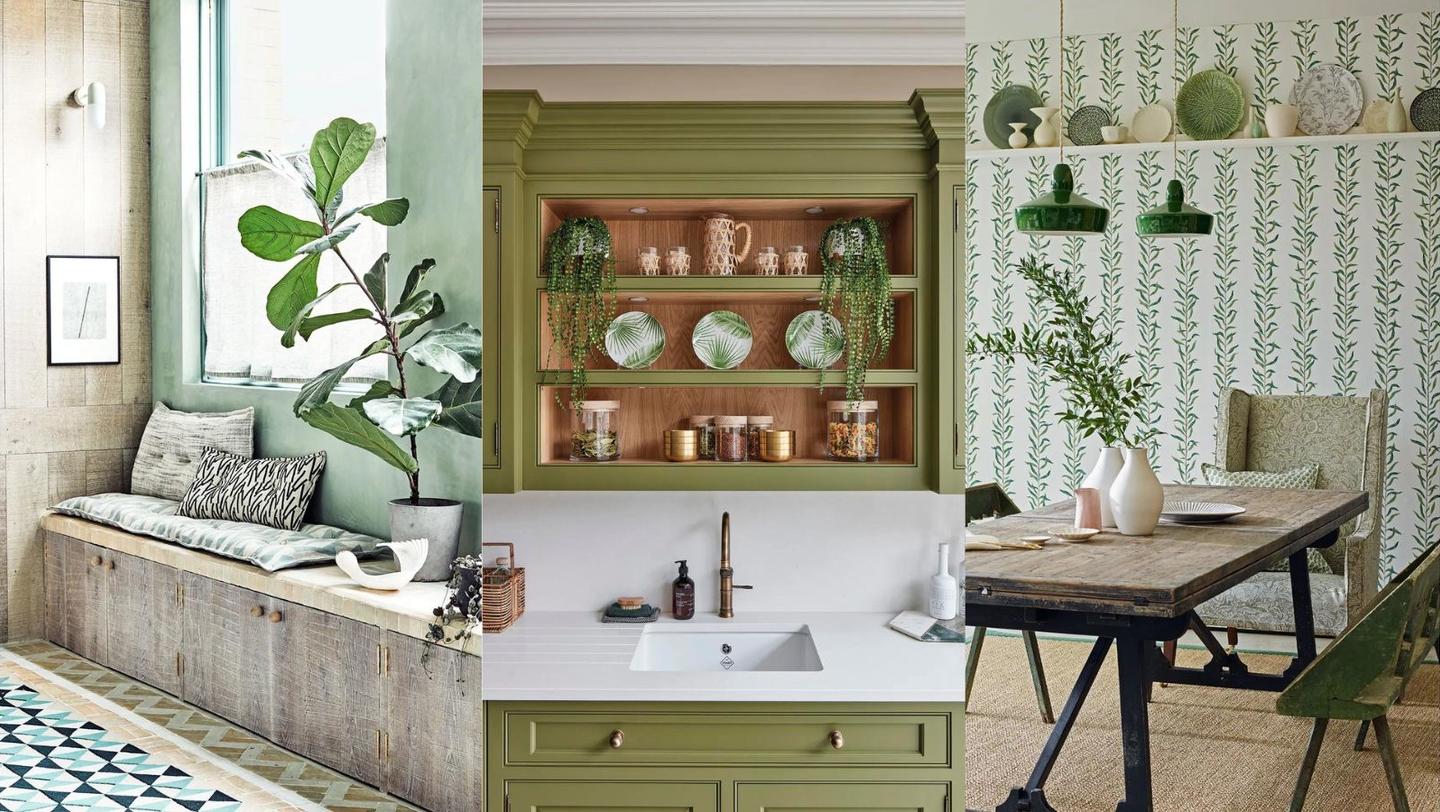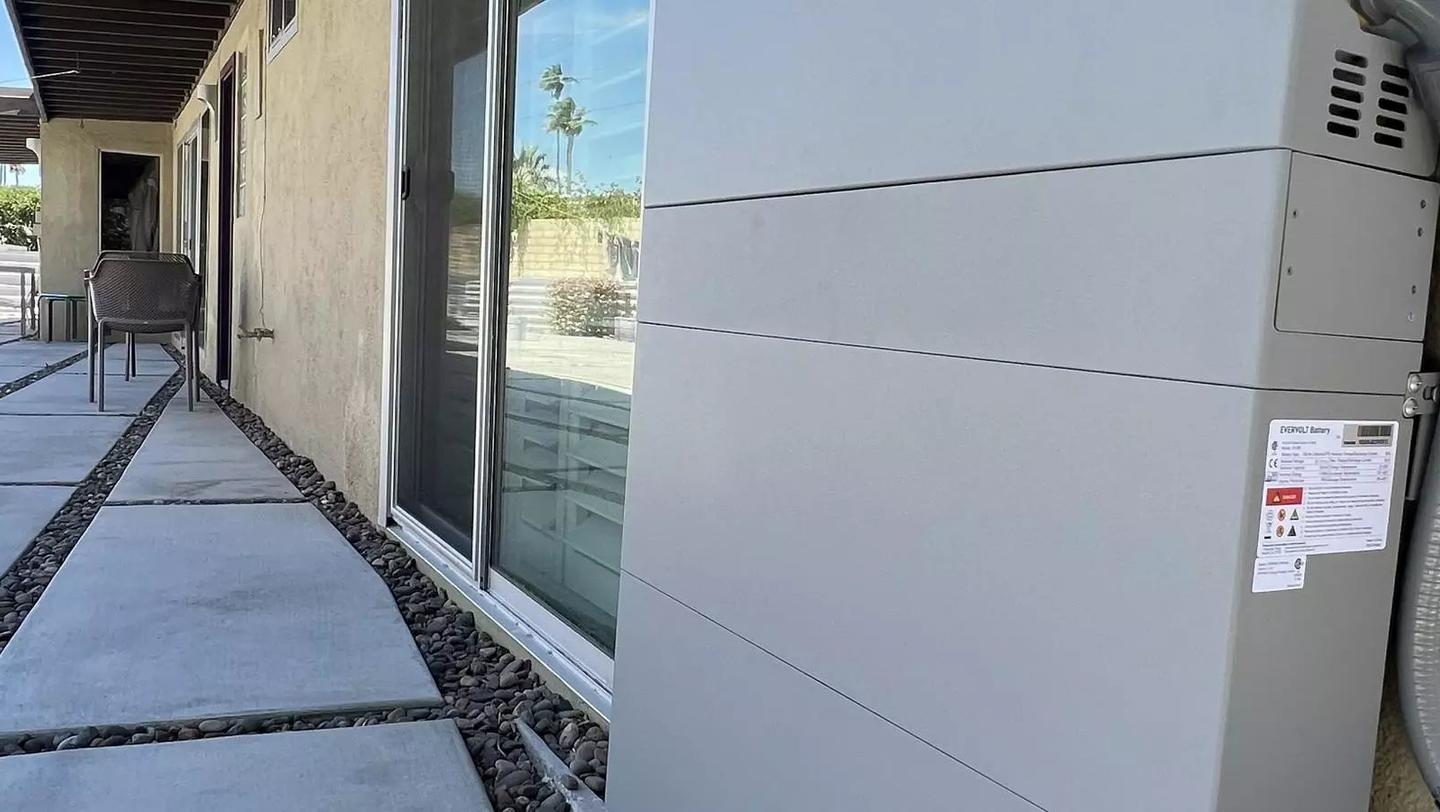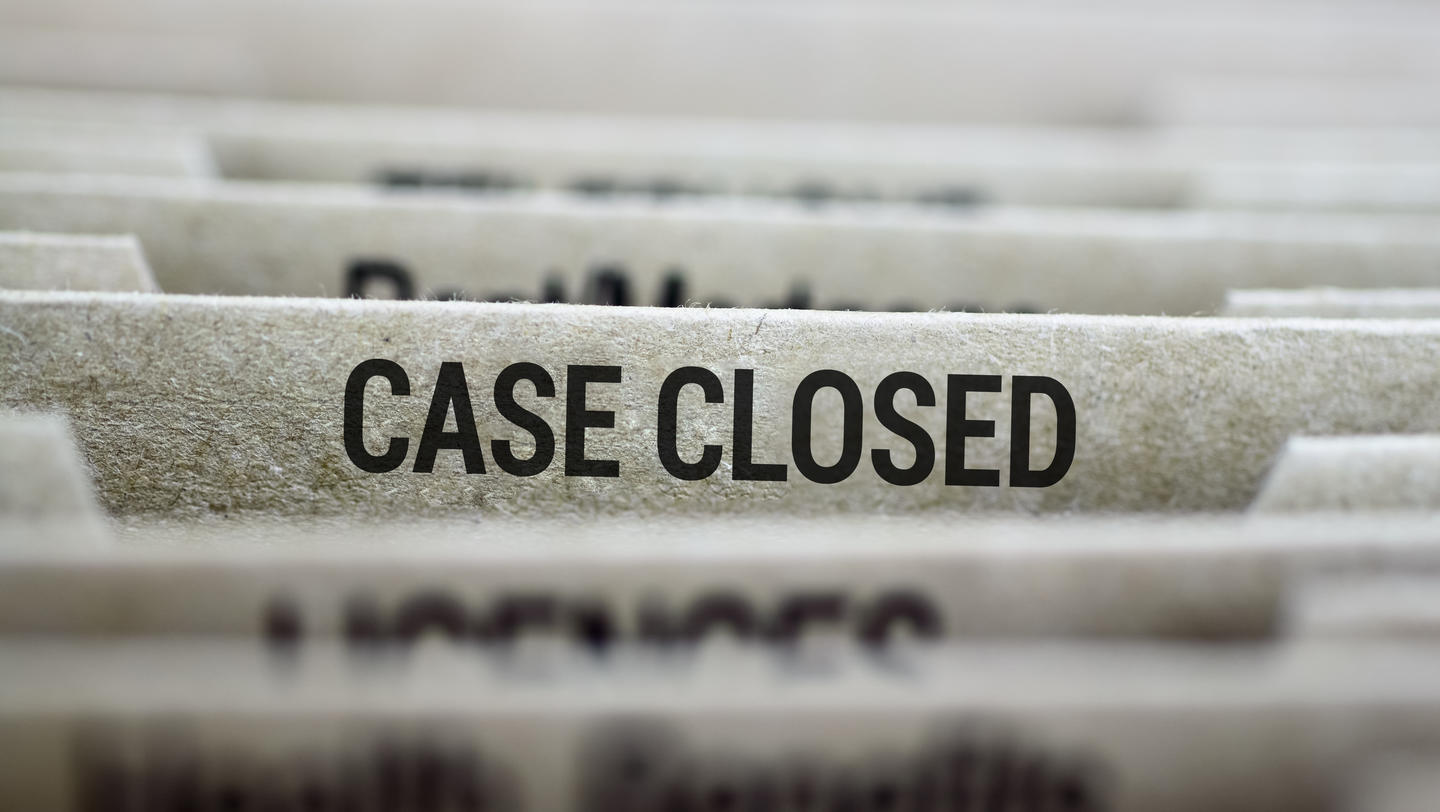The Healthy Home Trend: consumers pay more for wellness and comfort

The Healthy Home Trend: consumers pay more for wellness and comfort
5 minute readThe latest disruption in humans’ ever-evolving quest to be healthy is helping people sleep better, improve their moods and reduce illness. But it’s not a new diet craze, fitness app or performance drink. For the next generation of health conscious consumers, wellness starts at home, literally, as increasingly more people look to get their living spaces in shape.
Think good indoor air quality. Non toxic building materials. A healthy dose of sunlight. Leaders in the home and building sector are sharpening their business strategy to meet the growing demand for healthy homes. In this first installment of our Healthy Home Pro series, read on for industry tips to tap this growing market.
A healthy home at any cost
Eco Pulse reports that 66% of Millennials are concerned about indoor air quality (IAQ), and rightfully so. In a single year, a six room house collects an average of 40 pounds of dust which can be laced with up to 45 toxic chemicals, according to the EPA. And we spend nearly 90% of our time indoors, where pollutants can be 2-5 times higher than outdoor levels.
Survey respondents cited “making my home healthier/safer” as one of the top two reasons for spending money on their home. Forward-looking home builders and remodelers see the opportunity, and many (83%) believe that consumers will pay more for homes that are healthier.
So how are builders and architects positioning themselves as healthy home pros?
Start from a place of knowledge
Industry experts say the best way to get potential homeowners on board is to educate them – and oneself – on all the components that make up a home’s health imprint, from HVAC and building materials to water filtration, windows and siding. The trend towards energy-efficient, sustainable building brings more opportunities to discuss home health, but also brings misconceptions.
As homes are built more tightly to be more energy efficient, there is an unintended consequence of poor IAQ. Years ago, when homes were built with less concern for energy efficiency, there were lots of opportunities for fresh air to enter the home and flush out the stale, contaminated air. Ventilation just happened – automatically – with air finding its way in through cracks around windows and doors, electrical receptacles, joints between walls, ceilings, and floors, etc. For all intents and purposes, a leaky home was a healthy home, it would just break the homeowners bank to keep the temperature comfortable.
“Most clients don’t understand all the challenges that come with tighter home so we have to explain to them,” says Kelly Nemergut, partner at N2 Architecture. “Comprehending how the whole home works as a system is step one to grasping the benefits of healthy home options. Sometimes, people focus solely on the IAQ aspect, but then all the finishes they choose counteract the whole system they paid money to install, rendering it ineffective.”
The contractor who wants to be seen as a healthy home expert should take steps to become one. They can take a workshop on home performance – many are available online – or read up on important topics like planning your ventilation strategy. The Healthy Building Network, the EPA and the Indoor Air Quality Association are great IAQ resources too. Not only will education improve the understanding of how air moves through a home, it will improve the quality of the work – and client satisfaction.
Some future-focused business owners are readdressing the types of products their company uses to better serve the healthy home market, opting for low or no VOC paint, formaldehyde-free building materials and vent fans designed to meet new industry standards in installed performance.
Make the connection for clients
Nemergut says a lot of homebuyers want eco-friendly solutions because they’re trendy, but they don’t always think about the health benefits of going green. “Architects and builders must make the connection for consumers that we’re creating better, healthier environments for them and their families to live, play and sleep in.”
What homeowners need to know about energy efficient homes is that the indoor air needs to be managed to ensure a healthy home. Because the homes are airtight, studies have shown that indoor air can contain up to 10 times more Volatile Organic Compound's than outdoor air. VOC’s can create serious health consequences, especially for young children or those with asthma or other health challenges.
Before every project starts, pros should ask the right questions: Will any children or elderly people be living there? Does anyone in the family have allergies or breathing issues? How much do they really know about IAQ? Do they understand how eco-friendly building materials and cleanable surfaces (i.e. no rugs) help make a healthier home?
Industry leaders recommend connecting emotionally with clients and talking about home improvement features in terms of how they affect health and comfort. Being able to breathe better, sleep better and prevent illness are benefits everyone can understand.
Factors like aesthetics, durability and cost will always be important to homeowners, but so is their family’s wellbeing. When they’re offered a solution that’s not going to poison their child, it’s incredibly compelling. What client wouldn’t want that?
